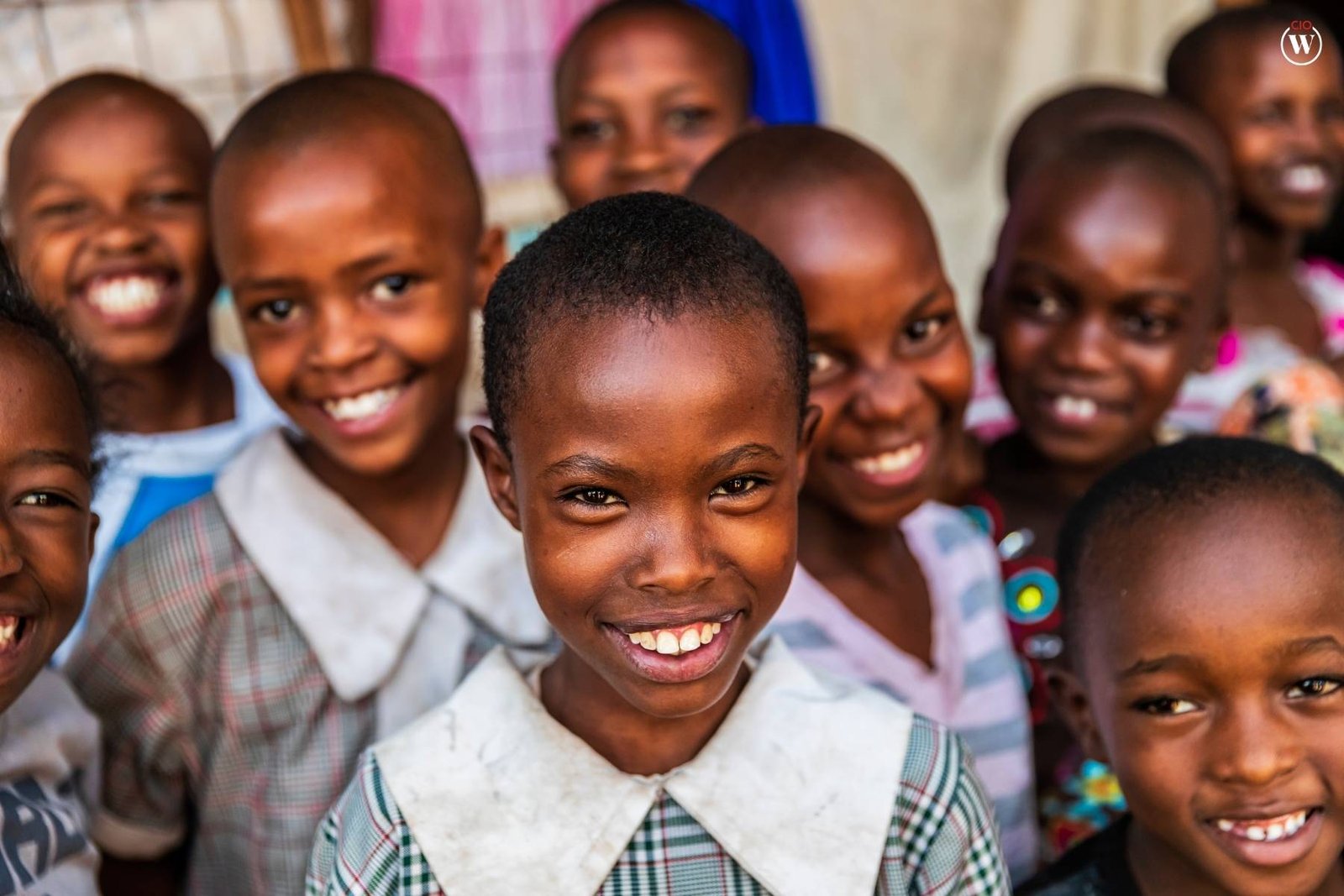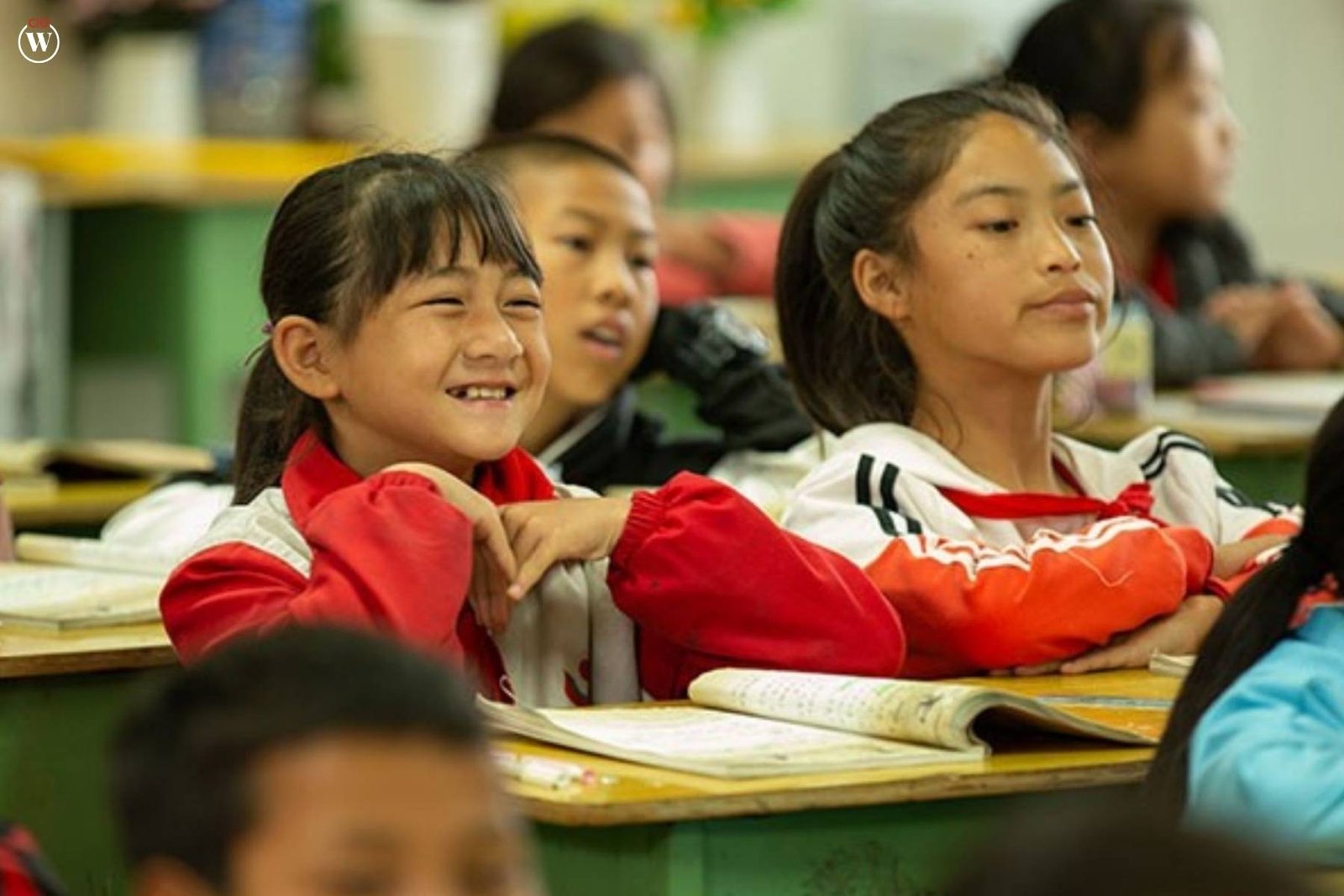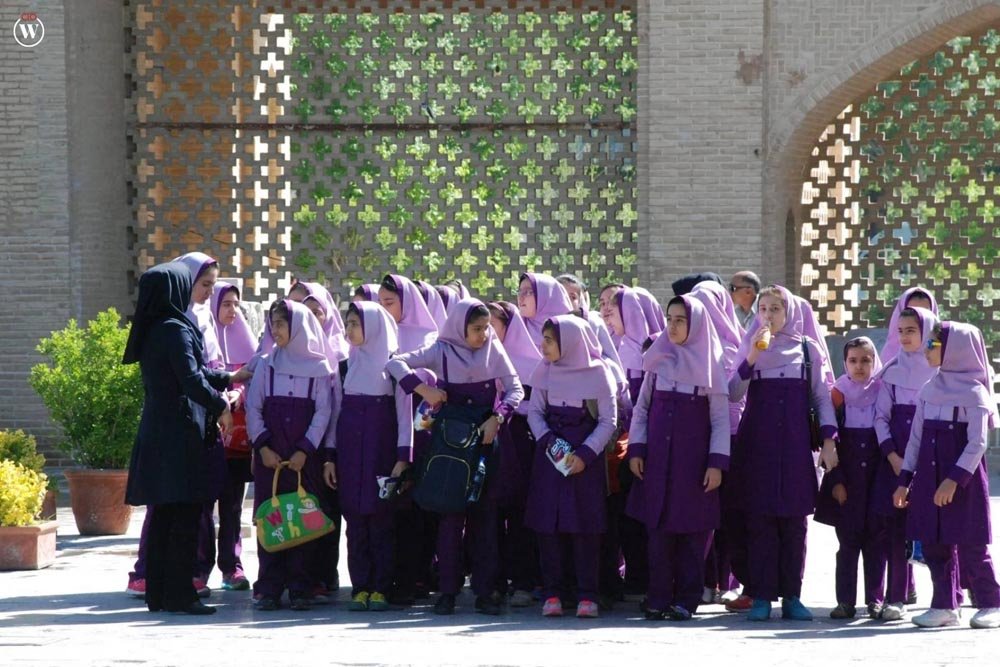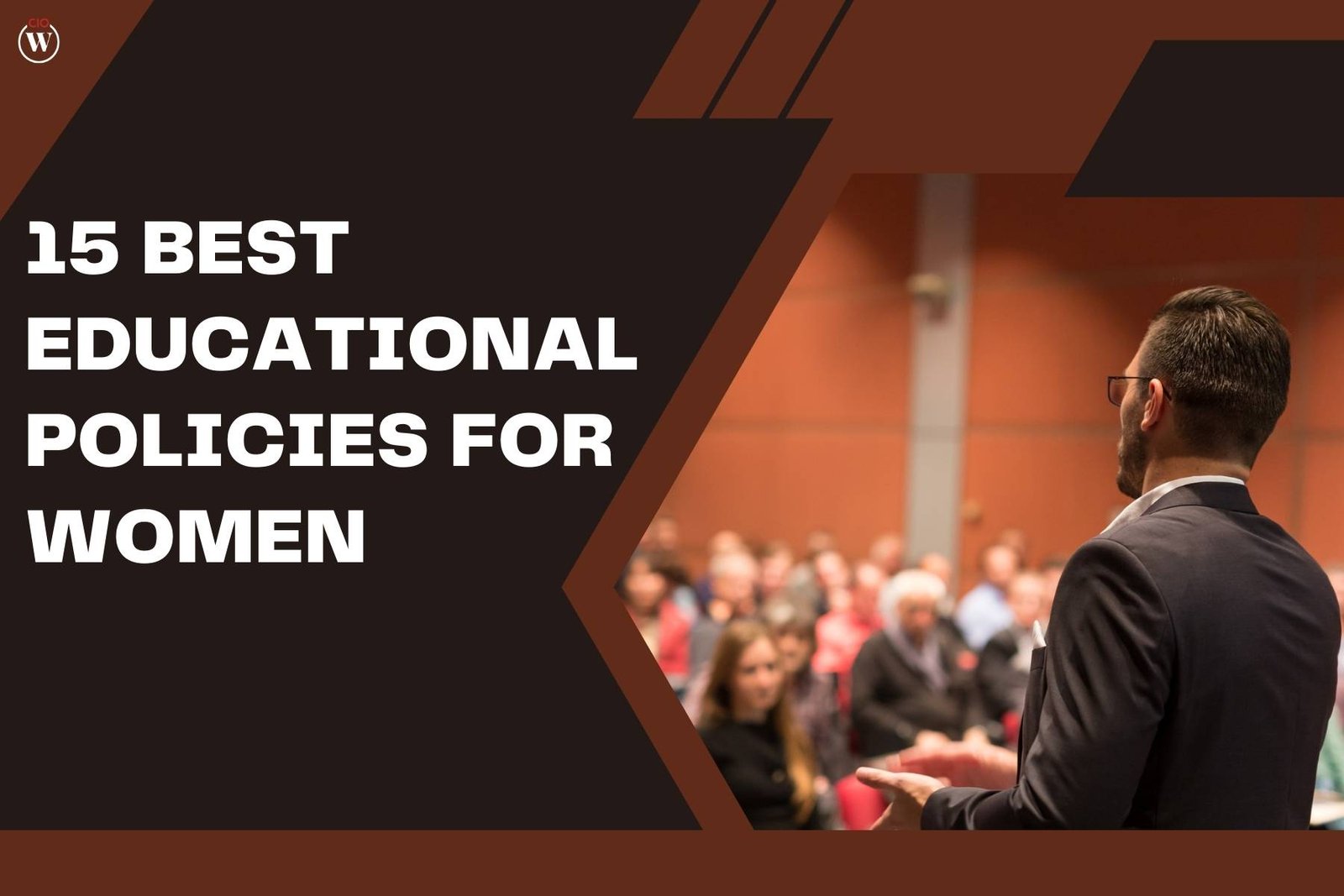Educational policies for women have played a pivotal role in reshaping societies, fostering gender equality, and empowering women to achieve their full potential. In this article, we will delve into 15 of the most impactful educational policies that have positively influenced the lives of women around the world. These policies have not only opened doors to education but have also paved the way for women to become leaders, innovators, and contributors to their communities.
Here are a few impactful educational policies for women:
1. The Right to Education Act (India):
India’s Right to Education Act of 2009 is one of the landmark educational policies for women ensuring free and compulsory education for all children aged 6 to 14. By emphasizing inclusivity, it has significantly increased the enrollment of girls in schools, promoting gender equality in education. This policy addresses not only enrollment but also focuses on enhancing the quality of education by providing infrastructure, trained teachers, and learning materials. The Act aims to create an environment where girls not only attend school but receive a quality education that equips them for future success.
2. Title IX (United States):
Enacted in 1972, Title IX in the United States goes beyond merely ensuring equal access to education; it prohibits discrimination based on sex in all educational programs and activities. This multifaceted policy has been instrumental in promoting gender equity in various aspects of education, including sports. Title IX mandates schools to allocate resources fairly, ensuring women have equal access to scholarships, facilities, and extracurricular activities. Over the years, it has evolved to address emerging issues, making it a dynamic force in the pursuit of educational equality for women.
3. Girls’ Education Initiative (Kenya):

Kenya’s Girls’ Education Initiative is a multifaceted approach aimed at eliminating barriers that hinder girls’ access to education. Beyond providing free education, this is among the educational policies for women that address societal norms and practices that may prevent girls from attending school. It includes community outreach programs, awareness campaigns, and initiatives to combat early marriage. By taking a holistic approach, the policy not only increases enrollment but also ensures that girls remain in school, leading to improved educational outcomes and greater empowerment.
4. Women’s Education Policy (South Korea):
South Korea’s Women’s Education Policy, implemented in the 1980s, stands as a testament to the country’s commitment to gender equality in education. The policy goes beyond addressing enrollment issues and focuses on empowering women to pursue higher education. It includes targeted interventions such as scholarships, mentorship programs, and affirmative action to ensure that women have equal opportunities in academia. By actively encouraging women to participate in fields traditionally dominated by men, South Korea’s policy is shaping a more inclusive and diverse educational landscape.
5. National Policy for the Empowerment of Women (NPEW) (India):
India’s National Policy for the Empowerment of Women recognizes the integral role of education in empowering women. Going beyond the classroom, the NPEW addresses broader issues such as literacy, skill development, and gender-based violence. The policy seeks to create an enabling environment where women not only access education but are also equipped with the skills and knowledge necessary for active participation in various spheres of life. By recognizing the interplay between education and empowerment, NPEW contributes to creating a more inclusive and gender-sensitive society.
6. Malala Fund (Global):
The Malala Fund, founded by Nobel laureate Malala Yousafzai, is a global initiative advocating for 12 years of free, safe, and quality education for every girl. This policy is not confined to a specific region but operates globally, emphasizing the universality of the right to education for girls. The fund not only supports existing policies but actively works towards dismantling barriers that prevent girls from accessing education. By amplifying the voices of girls and advocating for policy changes, the Malala Fund is a dynamic force in the global movement for girls’ education.
7. Women’s Education and Economic Independence Program (Turkey):
Turkey’s Women’s Education and Economic Independence Program, initiated in 2003, takes a comprehensive approach to link education with economic empowerment. Recognizing that financial constraints can be a barrier to education, the policy provides financial incentives for girls to stay in school. Moreover, it includes vocational training programs to equip women with the skills necessary for economic independence. By addressing economic aspects alongside education, Turkey’s policy contributes to breaking the cycle of poverty and fostering sustainable empowerment for women.
8. Gender Equality in Basic Education Act (China):

China’s Gender Equality in Basic Education Act, implemented in 2001, is a robust policy aimed at eliminating gender disparities in education. This policy not only focuses on access but also on improving the overall educational environment for girls. It addresses issues such as gender stereotypes, ensuring that girls have equal opportunities to pursue and excel in any field of study. By creating an inclusive educational environment, China’s policy lays the foundation for women’s active participation in various sectors, challenging traditional gender norms.
9. Gender Parity Index (GPI) (Global):
The Gender Parity Index is a global measure used by educational policies worldwide to assess the relative access of girls and boys to education. While it is not a standalone policy, the GPI is an indispensable tool for identifying and rectifying gender disparities in education. Policymakers use this index to implement targeted interventions, ensuring that girls have the same opportunities as boys to pursue and complete their education. By continuously monitoring and adjusting policies based on the GPI, countries contribute to creating a more equitable educational landscape.
10. National Strategy for Women’s Advancement (Saudi Arabia):
Saudi Arabia’s National Strategy for Women’s Advancement, launched in 2018, represents a significant step towards recognizing the transformative power of education for women. By investing in women’s education and vocational training, is among the revolutionary educational policies for women that aim to enhance women’s participation in various sectors. In addition to addressing educational access, the strategy emphasizes creating a supportive environment for women to thrive professionally. Through targeted interventions and awareness programs, Saudi Arabia’s policy marks a commitment to breaking down barriers and fostering a more inclusive and diverse society.
11. Plan International’s “Because I am a Girl” Campaign (Global):
Plan International’s “Because I am a Girl” campaign is a global initiative focused on promoting girls’ rights and empowerment through education. Beyond advocating for policy changes, the campaign actively engages in community-level initiatives to ensure the implementation of these policies. It emphasizes the importance of education in breaking the cycle of poverty and discrimination. By addressing not only systemic issues but also grassroots challenges, the campaign contributes to creating an environment where girls can access and benefit from education fully.
12. Maternity Leave and Flexible Working Hours (Nordic Countries):
While not solely categorized as an educational policy, the generous maternity leave and flexible working hours in Nordic countries significantly impact women’s educational pursuits. These policies acknowledge the intersectionality of women’s roles, recognizing that balancing family responsibilities with education and career is crucial. By providing a supportive framework that enables women to seamlessly transition between family life and educational pursuits, Nordic countries foster an environment where female students and professionals can thrive.
13. African Girls Can Code Initiative (AGCCI) (Africa):
Launched by the African Union, the African Girls Can Code Initiative aims to bridge the gender gap in science, technology, engineering, and mathematics (STEM) education. The policy recognizes the importance of STEM fields in the modern world and seeks to equip girls with the skills necessary to excel in these areas. Beyond providing training and resources, the initiative actively challenges stereotypes and biases that may discourage girls from pursuing careers in STEM. By addressing both systemic and cultural barriers, AGCCI contributes to creating a more inclusive and diverse future in STEM.
14. Women in Science Fellowship Program (Iran):

Iran’s Women in Science Fellowship Program is one of the targeted educational policies for women pursuing advanced degrees in scientific fields. Recognizing the underrepresentation of women in STEM disciplines, the program provides financial assistance and mentorship. By actively addressing the challenges that women face in scientific research and academia, the policy encourages women to overcome barriers in traditionally male-dominated fields of study. This focused approach contributes to building a more gender-inclusive scientific community.
15. National Plan for Women’s Education (Brazil):
Brazil’s National Plan for Women’s Education is one of the best comprehensive educational policies for women that seek to address gender-based educational inequalities. Beyond scholarships and mentorship programs, the plan includes awareness campaigns to encourage girls and women to pursue education at all levels. By fostering a cultural shift towards recognizing the value of women’s education, Brazil’s policy contributes to creating an environment where education is not only accessible but also celebrated as a powerful tool for women’s empowerment.
Conclusion
As we continue to advocate for the implementation of such policies, we move closer to a world where every woman has the opportunity to unleash her full potential through education. The ongoing commitment to these educational policies for women ensures that the transformative power of education continues to positively impact the lives of women, creating a more equitable and inclusive future.









